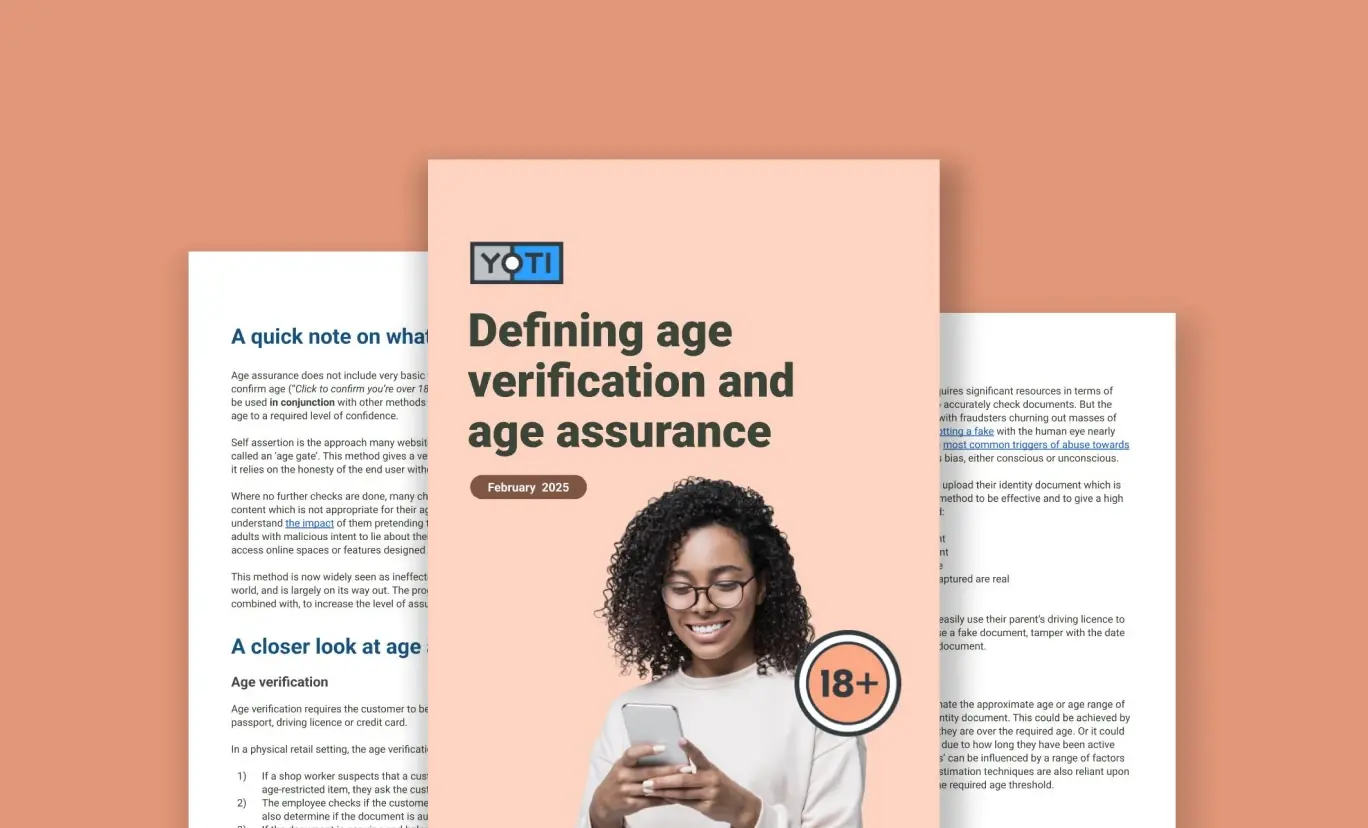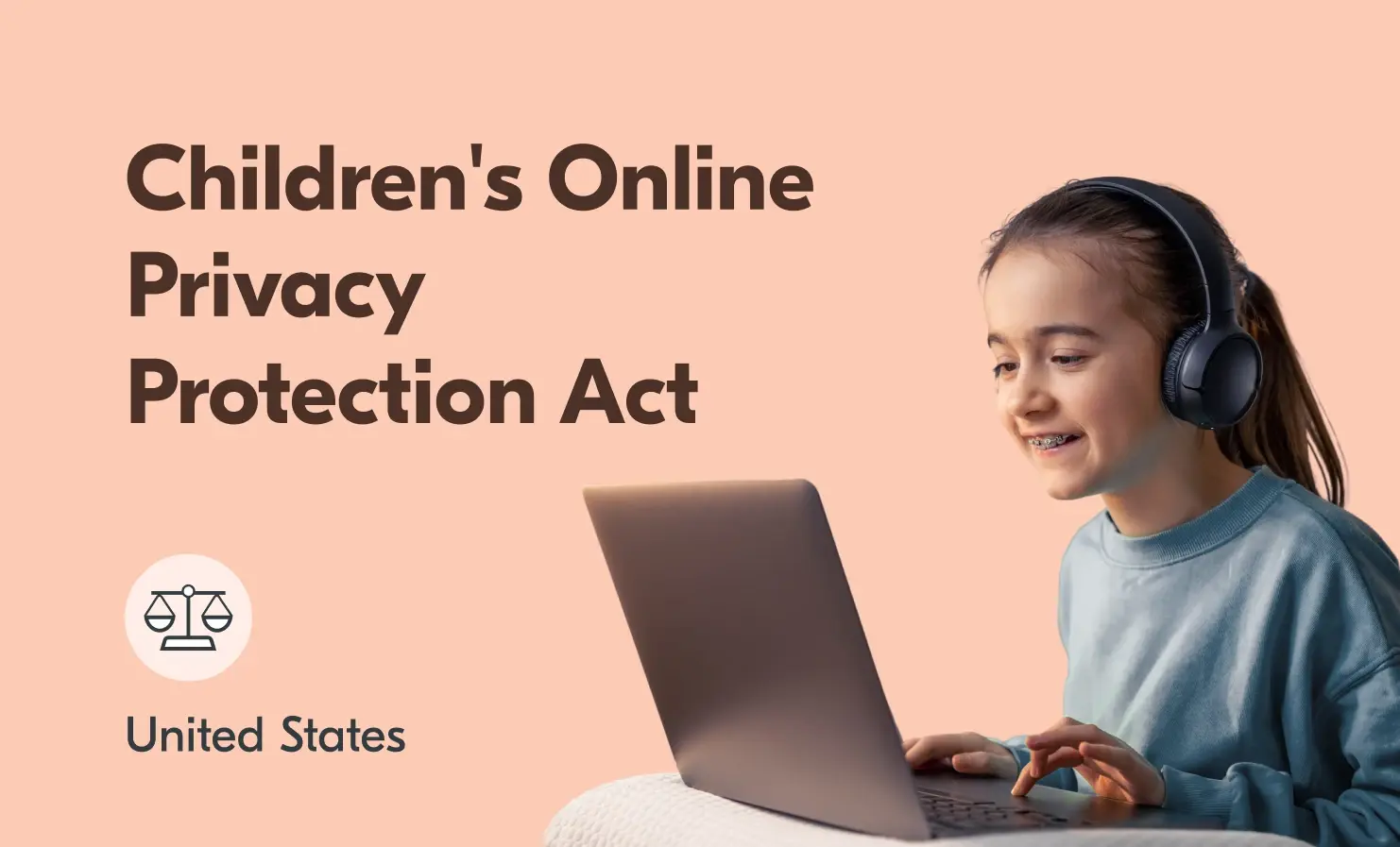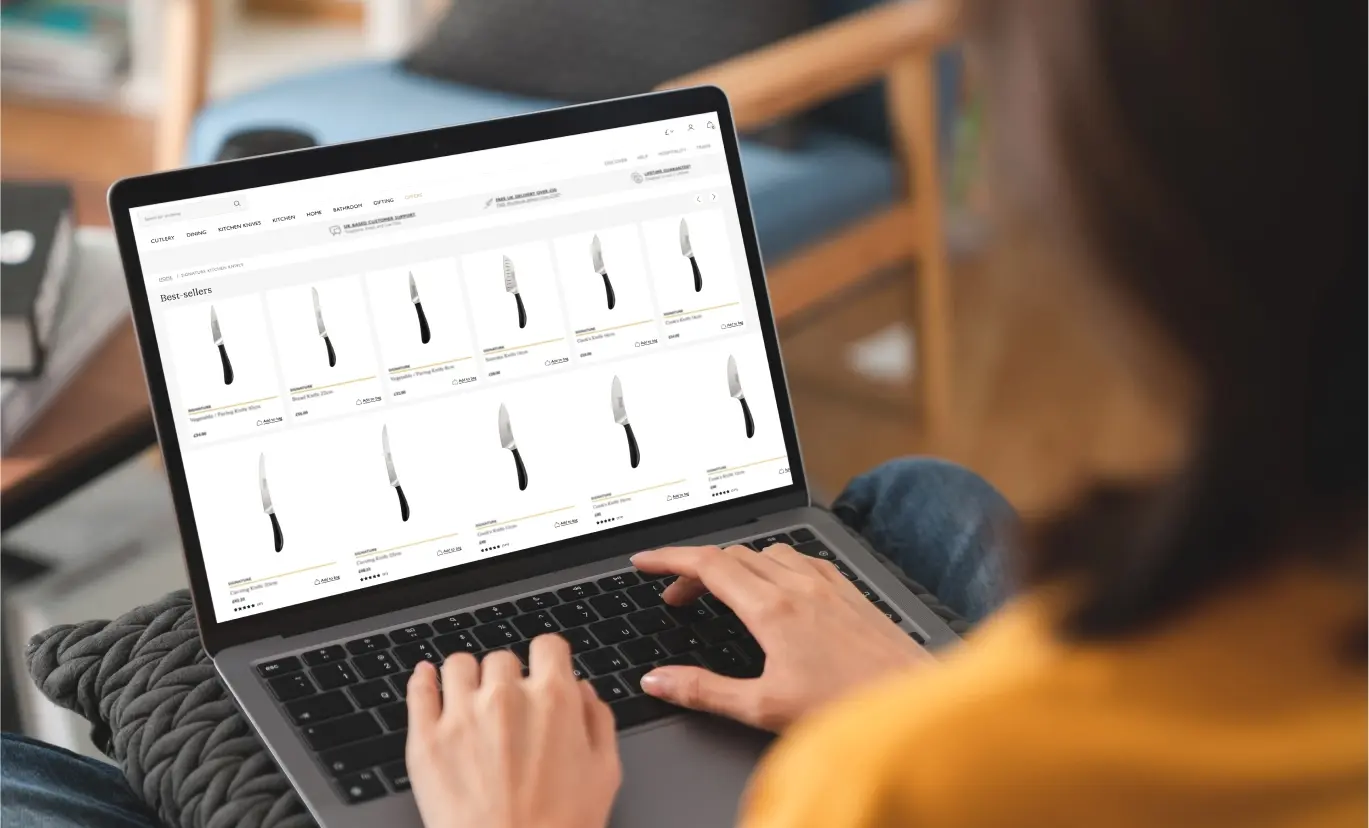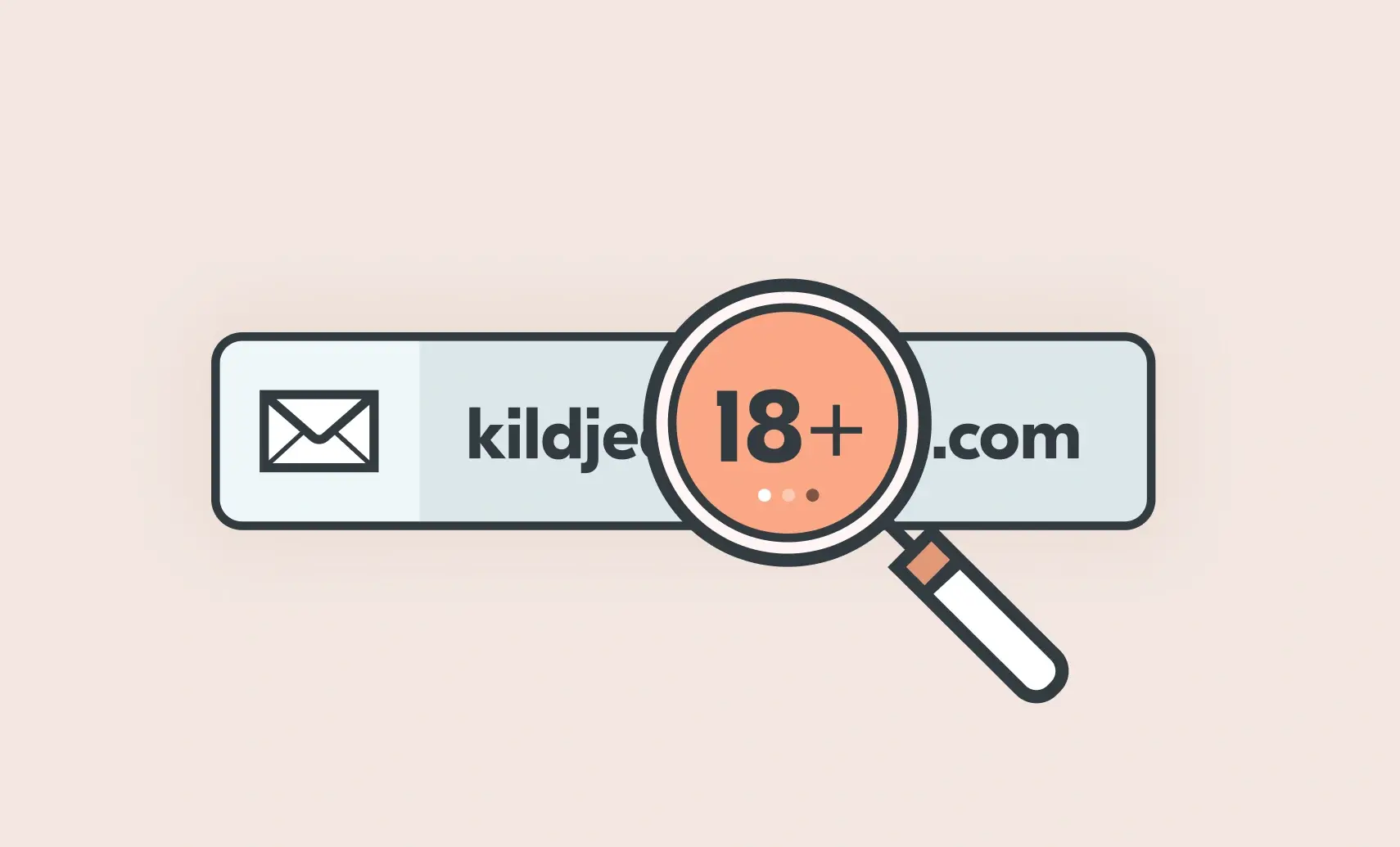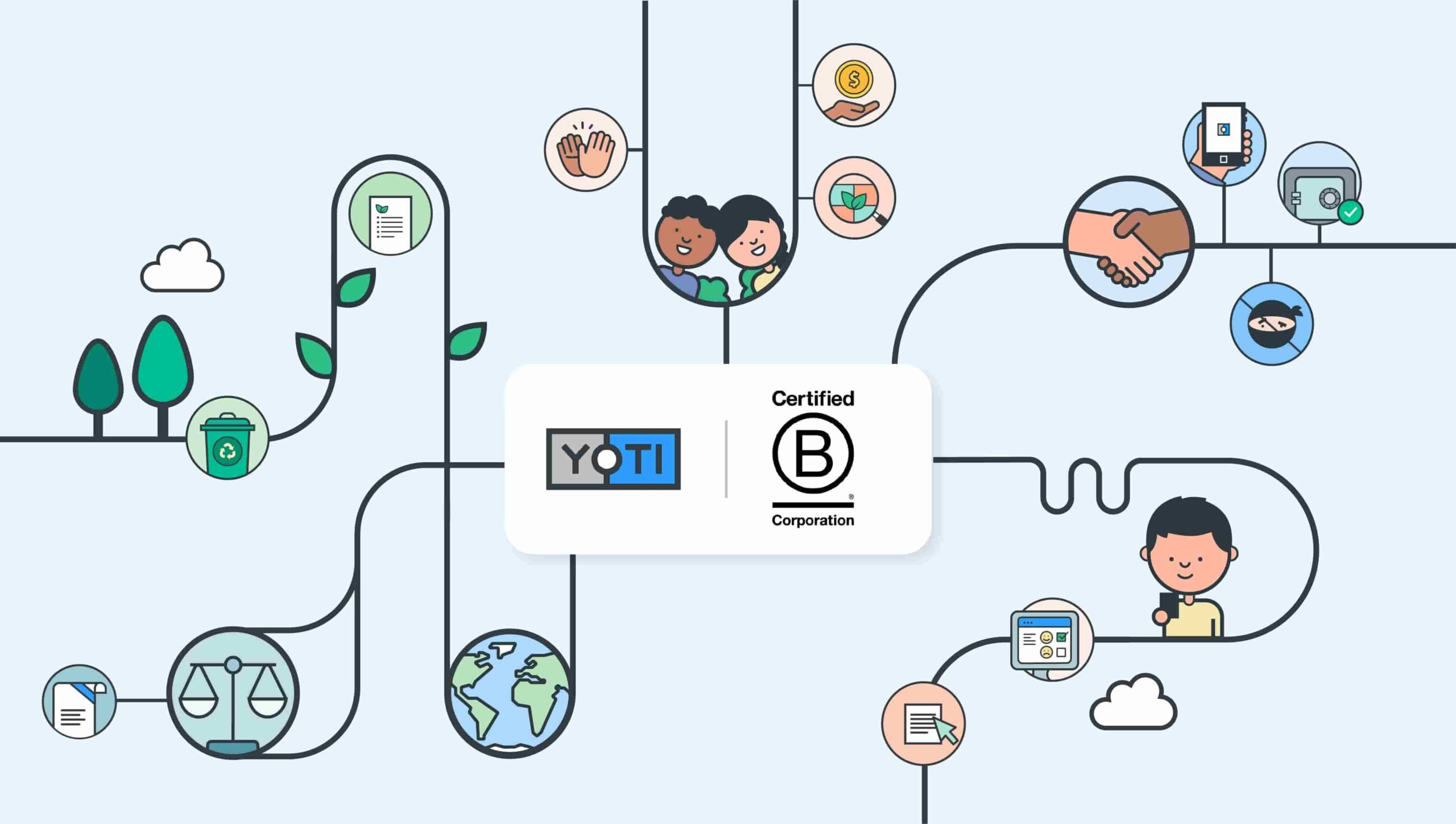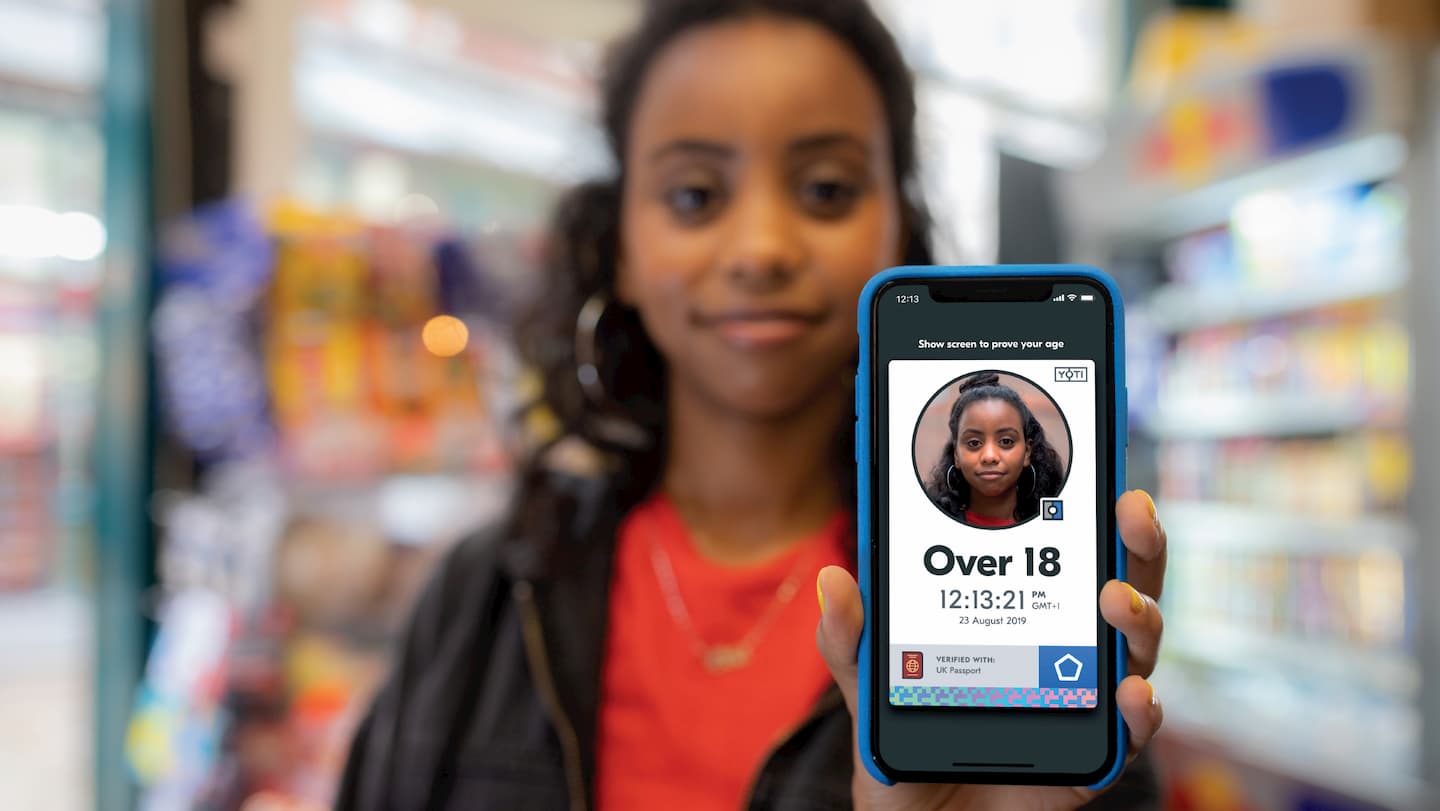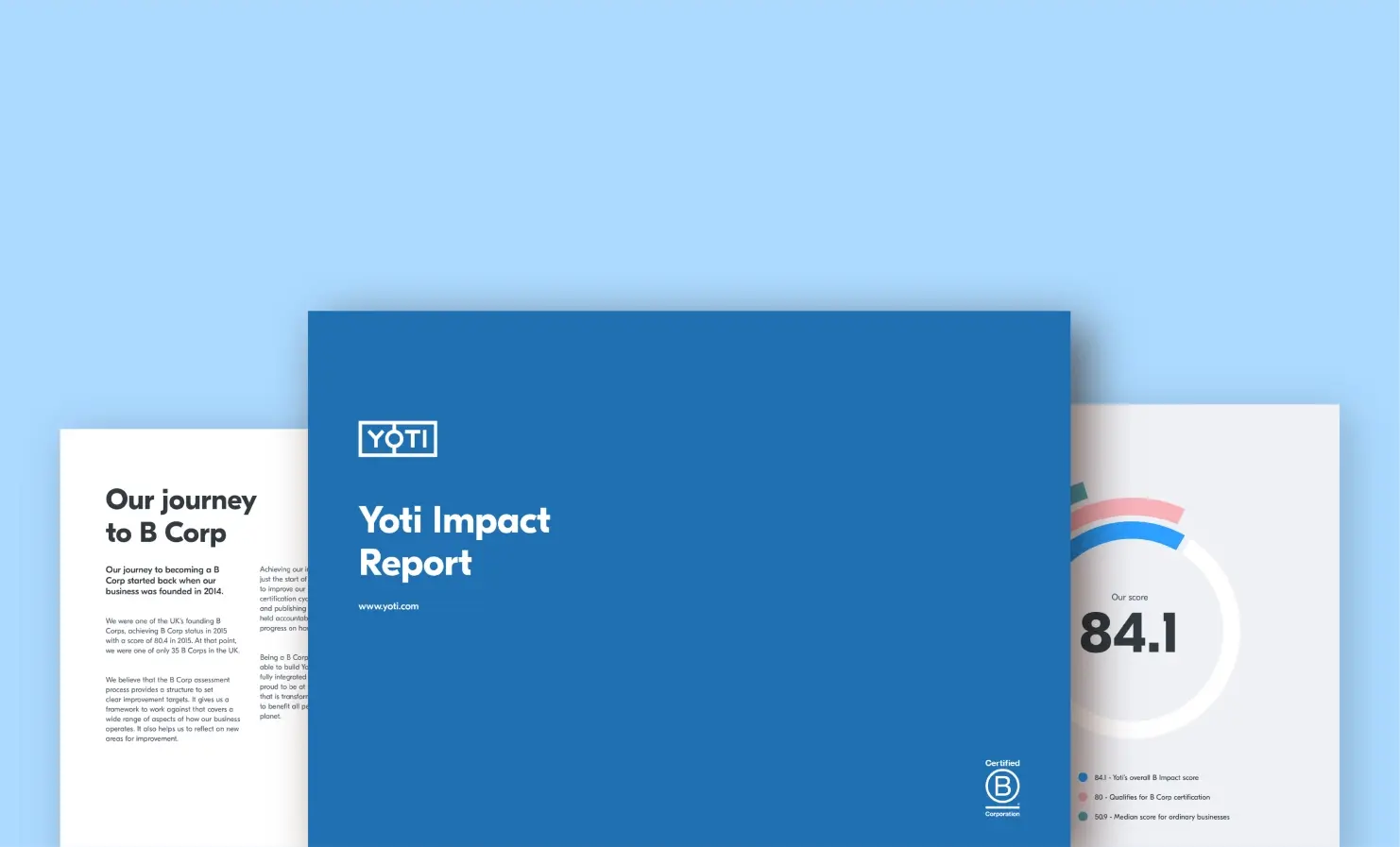Yoti blog
Stories and insights from the world of digital identity
Deepfake attacks: Rising fraud trends and our experience in preventing them
In 2024, we witnessed a significant increase in the number of deepfake attacks, or injection attacks during age and identity verification checks. The percentage of attacks increased from 1.6% to 3.9%. In absolute terms, this is a significant rise in the total number of attacks we have detected as we significantly expanded our services in 2024. We now perform over 5 million checks per week across all our services. With the introduction of various regulations globally, companies have been obliged to implement more robust age or identity checks for their users. We have seen injection attacks across identity verification
Defining age verification and age assurance
Age is becoming an increasingly important focus for governments globally, with legislation being enacted across multiple states and countries. Our latest report looks at: The difference between age verification and age estimation Why self declaration is not age assurance The importance of balancing proportionality and privacy Download
An overview of the COPPA updates (and what it means for your business)
The United States Federal Trade Commission has released its updates to the Children’s Online Privacy Protection Act (COPPA) Rule. It aims to strengthen key privacy protections for children online and better reflect the challenges faced in the modern digital age. The updates introduce stricter requirements for the collection, use and sharing of children’s data. However, it’s worth noting that the rule doesn’t include an explicit exception for the use of children’s personal information solely for age verification. This complicates compliance for platforms that wish to implement more robust age checking than self-declaration. Yoti is ready to assist companies with
Age assurance for online knife sales
At the end of January, the UK Government announced they will introduce stricter age checks for online knife sales. Buyers will need to submit a copy of their photo ID, such as a driving licence, as well as proof of address, such as a utility bill. The same person who bought the knife will have to show ID again on delivery, and no knife packages can be left on the doorstep. These measures are part of the upcoming Crime and Policing Bill, expected to be introduced in Parliament this Spring. While knife crime is a key focus of the
Verifying age with email address age estimation
As legislation increasingly serves to protect children online, businesses and platform operators require efficient and privacy-conscious methods to verify user ages. Email address verification is just one of these methods, leveraging email metadata to estimate a user’s age without collecting further personal information. This guide explores how email age estimation works, its reliability, regulatory compliance, and how it performs as a tool for businesses that wish to balance user experience and risk. What is email address age verification? Email address age verification is a method of age assurance used by websites and online operators to determine
From 2 minutes to 10 seconds: how Diebold Nixdorf and Yoti are transforming and speeding up age verification at self-checkouts
“AI-powered age estimation technology has proved to have a hugely positive impact on the time taken at checkout and the levels of frustration felt by consumers. It also has the knock-on effect that the efficiency of the checkout improves, transaction times drop and there are fewer queues in the store. Additionally, it also frees up staff to better serve customers who need their help.” Matt Redwood Vice president, Diebold Nixdorf Diebold Nixdorf (NYSE: DBD), Incorporated, automates, digitises and transforms the way people bank and shop. As a partner to the majority of the world’s top 100 financial institutions
Browse by category
Essential reading
Get up to speed on what kind of company we are


